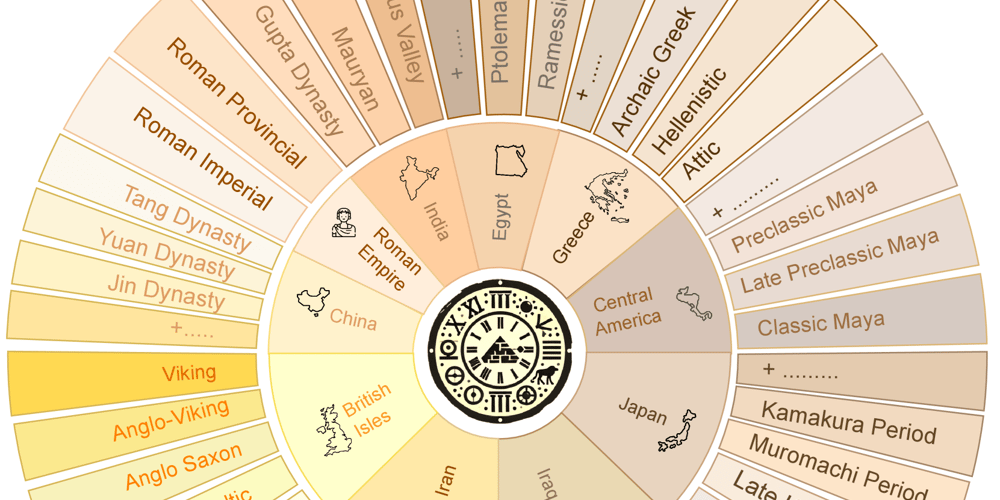Revolutionizing Chip Design with LLMs
We are witnessing a major shift in technology. Large Language Models (LLMs) are changing how we approach chip design, especially for custom ASICs and FPGAs. This new wave of innovation promises to make the design process faster and cheaper, opening doors for startups and tech enthusiasts alike. Key Takeaways LLMs can significantly reduce costs in ASIC and FPGA design. Custom digital systems are becoming more accessible. Specialized computations can be optimized with LLMs. There are high-value business opportunities in this space. The Shift in Chip Design Chip design has always been a complex and expensive process. Traditionally, creating custom digital systems required a lot of time and resources. Engineers had to spend countless hours on design, development, and testing. This made it hard for smaller companies to compete. But now, with the rise of LLMs, things are changing. These models can help streamline the design process. They can analyze data and suggest optimizations that would take humans much longer to figure out. This means that even specialized computations can be done more efficiently. Why ASICs and FPGAs? ASICs (Application-Specific Integrated Circuits) and FPGAs (Field-Programmable Gate Arrays) are at the heart of many modern technologies. They are used in everything from smartphones to data centers. Here’s why they matter: Speed: Custom chips can perform tasks much faster than general-purpose chips. Efficiency: They can do the same work using less energy, which is a big deal in today’s eco-conscious world. Specialization: They can be tailored for specific tasks, making them ideal for applications like data compression, inference, and encryption. The Role of LLMs in Design LLMs can optimize the design of ASICs and FPGAs in several ways: Cost Reduction: By automating parts of the design process, LLMs can lower the costs associated with development. Faster Prototyping: They can help create prototypes quickly, allowing for faster testing and iteration. Enhanced Creativity: LLMs can suggest innovative solutions that engineers might not consider. Business Opportunities The potential for startups in this area is huge. As LLMs make chip design more accessible, new companies can emerge to fill gaps in the market. Here are a few ideas: Design Services: Startups can offer design services using LLMs to help companies create custom chips. Optimization Tools: Developing tools that leverage LLMs for chip design can attract a lot of interest. Consulting: Companies may need help understanding how to implement LLMs in their design processes. Conclusion The integration of LLMs into chip design is not just a trend; it’s a revolution. With the potential to make custom ASICs and FPGAs faster and cheaper, we are on the brink of a new era in technology. If you’re thinking about diving into this field, now is the time. The opportunities are ripe for the picking, and who knows? You might just create the next big thing in tech!

We are witnessing a major shift in technology. Large Language Models (LLMs) are changing how we approach chip design, especially for custom ASICs and FPGAs. This new wave of innovation promises to make the design process faster and cheaper, opening doors for startups and tech enthusiasts alike.
Key Takeaways
- LLMs can significantly reduce costs in ASIC and FPGA design.
- Custom digital systems are becoming more accessible.
- Specialized computations can be optimized with LLMs.
- There are high-value business opportunities in this space.
The Shift in Chip Design
Chip design has always been a complex and expensive process. Traditionally, creating custom digital systems required a lot of time and resources. Engineers had to spend countless hours on design, development, and testing. This made it hard for smaller companies to compete.
But now, with the rise of LLMs, things are changing. These models can help streamline the design process. They can analyze data and suggest optimizations that would take humans much longer to figure out. This means that even specialized computations can be done more efficiently.
Why ASICs and FPGAs?
ASICs (Application-Specific Integrated Circuits) and FPGAs (Field-Programmable Gate Arrays) are at the heart of many modern technologies. They are used in everything from smartphones to data centers. Here’s why they matter:
- Speed: Custom chips can perform tasks much faster than general-purpose chips.
- Efficiency: They can do the same work using less energy, which is a big deal in today’s eco-conscious world.
- Specialization: They can be tailored for specific tasks, making them ideal for applications like data compression, inference, and encryption.
The Role of LLMs in Design
LLMs can optimize the design of ASICs and FPGAs in several ways:
- Cost Reduction: By automating parts of the design process, LLMs can lower the costs associated with development.
- Faster Prototyping: They can help create prototypes quickly, allowing for faster testing and iteration.
- Enhanced Creativity: LLMs can suggest innovative solutions that engineers might not consider.
Business Opportunities
The potential for startups in this area is huge. As LLMs make chip design more accessible, new companies can emerge to fill gaps in the market. Here are a few ideas:
- Design Services: Startups can offer design services using LLMs to help companies create custom chips.
- Optimization Tools: Developing tools that leverage LLMs for chip design can attract a lot of interest.
- Consulting: Companies may need help understanding how to implement LLMs in their design processes.
Conclusion
The integration of LLMs into chip design is not just a trend; it’s a revolution. With the potential to make custom ASICs and FPGAs faster and cheaper, we are on the brink of a new era in technology. If you’re thinking about diving into this field, now is the time. The opportunities are ripe for the picking, and who knows? You might just create the next big thing in tech!











































































































































































![[The AI Show Episode 142]: ChatGPT’s New Image Generator, Studio Ghibli Craze and Backlash, Gemini 2.5, OpenAI Academy, 4o Updates, Vibe Marketing & xAI Acquires X](https://www.marketingaiinstitute.com/hubfs/ep%20142%20cover.png)




























































































































![[DEALS] The Premium Learn to Code Certification Bundle (97% off) & Other Deals Up To 98% Off – Offers End Soon!](https://www.javacodegeeks.com/wp-content/uploads/2012/12/jcg-logo.jpg)


![From drop-out to software architect with Jason Lengstorf [Podcast #167]](https://cdn.hashnode.com/res/hashnode/image/upload/v1743796461357/f3d19cd7-e6f5-4d7c-8bfc-eb974bc8da68.png?#)








































































































.png?#)

































_Christophe_Coat_Alamy.jpg?#)
 (1).webp?#)





































































































![Apple Considers Delaying Smart Home Hub Until 2026 [Gurman]](https://www.iclarified.com/images/news/96946/96946/96946-640.jpg)
![iPhone 17 Pro Won't Feature Two-Toned Back [Gurman]](https://www.iclarified.com/images/news/96944/96944/96944-640.jpg)
![Tariffs Threaten Apple's $999 iPhone Price Point in the U.S. [Gurman]](https://www.iclarified.com/images/news/96943/96943/96943-640.jpg)




































































































































